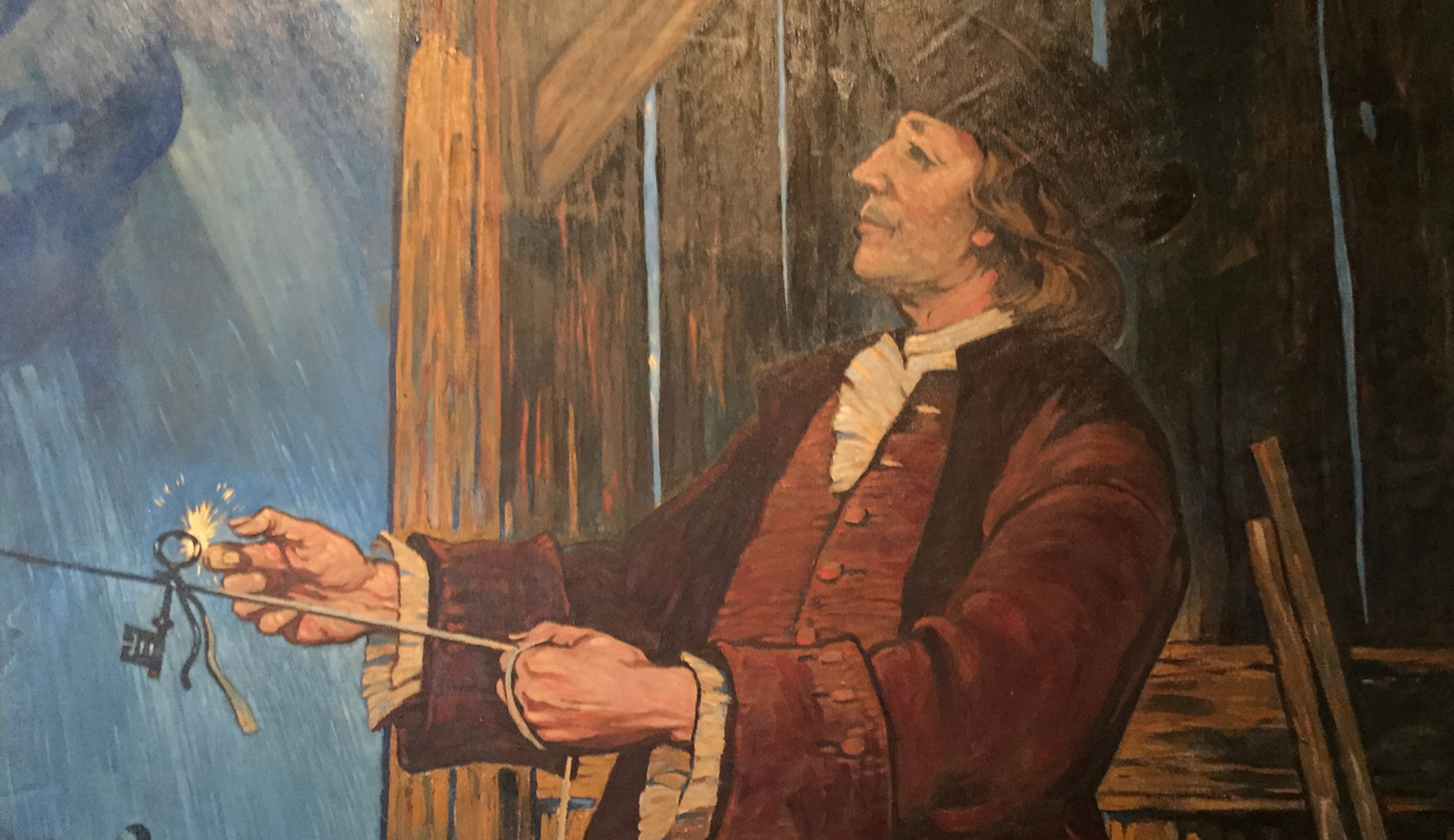Our City’s church spires stand as testaments to historic St. Louis’ remarkable growth, and the Catholic parish system that grew entwined with it. Today, church bells resonate with tales of the Catholic Church’s retrenchment when the St. Louis Archdiocese announced 35 church closures, and yet to be announced school closings.
These stark realities converse the time of St. Louis’ rapid post Civil War growth when immigrants settled in densely populated ethnic enclaves of red brick homes and four-family flats. Germans made up the initial group, but Poles, Irish, Italians, Czechs and Serbs soon followed. Ethnically diverse, but similarly motivated by faith, kinship and pride, immigrant craftsmen built parish schools, convents, rectories, and especially churches intended to stand for centuries.
Religious orders of nuns educated parishioners’ children while inculcating them with a Christian ethos. The children followed their parents’ lead, and enrolled their own children in Catholic elementary and high schools thereby perpetuating a venerable system. Even ardent anti-papist conceded that the Catholic Church’s cultural and educational system played a significant role in St. Louis’ growth as a major American city.
New parishes followed the migration to the suburbs. Indeed, our local query—‘where did you go to high school?’—was asked to determine from whence ye hailed, and indirectly, if you were Catholic. But like the Roman empire, the St. Louis Archdiocese—once known as the Rome of the West—reached its peak, then fell prey to cultural and demographic changes that augured its’ retreat.
Initial growing pains were limited to the City deanery. Affordable single-family homes led to an exodus to the suburbs while the construction of interstate highways demolished swaths of city housing stock further reducing the numbers of local parishioners. At the same time, segregation settled in the city, with vacancies filled by African Americans—most were not traditionally Catholic—who suffered from systemic racism that left them in poverty and of limited means to provide financial support.
The crumbling began. In 1950, over 850,000 people called the City of St. Louis home; that number fell to 300,000 in less than two generations with a concomitant loss of parishioners and the broad financial support necessary for city parishes to prevail. Beginning in North City and spreading southward, parishes inexorably declined, which led to consolidation on a large scale. By the turn of the century, City parishes that once numbered 85 fell to 48, with those remaining left to endure the same financial and demographic pressures.
Meanwhile, religious vocations ebbed to alarmingly low numbers. The number of priests—once four to a parish—declined as congregations vied for fewer clerics. Once affordable Catholic schools endured the loss of ‘vow of poverty’ nuns and brothers who backboned an affordable, private education system. Tuitions increased accordingly, causing many to abandon Catholic schools with a decline in enrollment further exacerbated by now smaller families. Parish grade schools that once boasted of 40 or more students per grade saw their numbers drastically reduced that undermined the economy of scale necessary for schools to survive.
Like other denominations, the Catholic Church suffered a downward spiral in church attendance, as the nation’s populace grew less ‘religious’. More mobile and affluent, modern parishioners grew less involved in their local churches. In another blow, the Archdiocese paid huge sums to settle sexual abuse of minors committed by a small number of aberrant priests. The resulting fall out included a loss of financial reserves, and an accelerated erosion of church membership.
Acknowledging the dilemma, Archbishop Mitchell Rozanski observed: “The model that fulfilled its mission in growing and evangelizing the Church during the last century has become archaic….We anticipate that these adjustments (to our ministries and supporting structures) will be the most sweeping changes that the Archdiocese has witnessed in its history.” The plan called All Things New did not bode well for all things old as most parish closures occurred in the City, North County and inner ring suburbs.
The decline of the Archdiocese that did so much by educating and instilling ethics in so many St. Louisans impacts all of us, particularly those who live in areas that need the parish anchor and alternative educational opportunities. The rally to keep St. Mary’s and Rosati-Kain High Schools open underscored the importance to families who want more for their children than dispirited and undisciplined schools.
However, it remains patently unfair to single out the Diocese that educated poor students for over 150 years for abandoning those in need when other Christian denominations offer nothing in their stead but criticism.
[published by the Post on 6/3/23}
